Home>Furniture & Design>Bathroom Accessories>How To Get A Ring Out Of A Bathtub
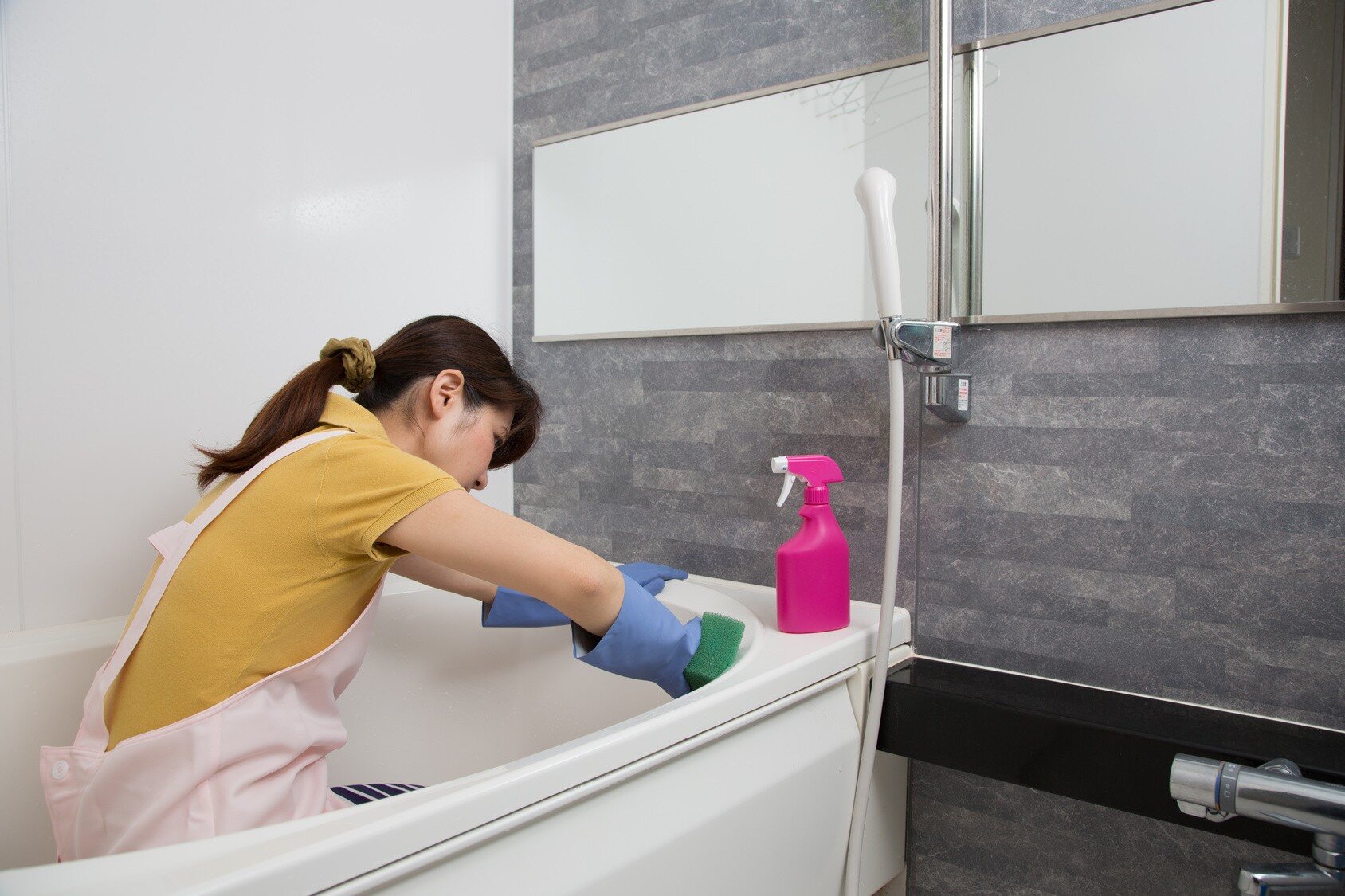

Bathroom Accessories
How To Get A Ring Out Of A Bathtub
Published: February 19, 2024
Learn how to remove a ring from a bathtub without damaging bathroom accessories. Follow these simple steps to retrieve your ring safely.
(Many of the links in this article redirect to a specific reviewed product. Your purchase of these products through affiliate links helps to generate commission for Storables.com, at no extra cost. Learn more)
Introduction
Discovering a ring lodged in your bathtub drain can be a frustrating and worrisome experience. Whether it slipped off your finger during a relaxing soak or was accidentally knocked into the drain, retrieving it may seem like a daunting task. However, with the right approach and a bit of patience, you can successfully recover the lost ring without causing damage to your bathtub or plumbing system.
In this comprehensive guide, we will walk you through the step-by-step process of safely and effectively retrieving a ring from a bathtub. From assessing the situation to utilizing various household items, we will explore practical methods that can help you tackle this common predicament. By following these tried-and-true techniques, you can increase the likelihood of recovering your precious ring while minimizing the need for professional intervention.
So, if you find yourself facing the predicament of a ring stuck in your bathtub, fear not. With the guidance provided in the following steps, you'll be equipped with the knowledge and tools necessary to tackle this challenge head-on. Let's dive into the process and explore the methods that can help you reclaim your beloved ring from the confines of your bathtub drain.
Key Takeaways:
- Don’t panic if your ring gets stuck in the bathtub drain! Use household items like a plunger, wire hanger, and baking soda and vinegar to retrieve it safely and effectively.
- If you can’t retrieve the ring on your own, don’t hesitate to call a professional plumber. They have the expertise and tools to navigate complex drain systems and successfully recover your lost ring.
Read more: How To Get Out Of A Bathtub
Step 1: Assess the Situation
Before diving into the retrieval process, it's crucial to take a moment to assess the situation and gather essential information. Start by evaluating the size of the ring and the depth at which it is lodged in the drain. If the ring is visible and within reach, you may be able to employ simpler methods for retrieval. However, if the ring has descended deeper into the drain, additional measures may be necessary.
Next, consider the material of the ring. Is it a delicate piece with intricate details, or is it a sturdy band? This information will help determine the appropriate tools and techniques to use during the retrieval process. Additionally, take note of any existing blockages or debris within the drain that may complicate the retrieval efforts.
Assess the accessibility of the drain. Is it a standard open drain, or does it have a cover or stopper? Understanding the design of the drain will influence the approach you take to retrieve the ring effectively.
Furthermore, consider the urgency of the situation. If the ring holds sentimental or monetary value, you may feel a greater sense of urgency to recover it promptly. On the other hand, if time permits, you can approach the retrieval process with a methodical and patient mindset.
By thoroughly assessing these factors, you can gain a clearer understanding of the challenges at hand and tailor your approach accordingly. This initial assessment sets the stage for the subsequent steps, guiding you toward the most suitable methods for retrieving the ring from your bathtub drain.
Step 2: Gather Necessary Tools
When faced with the task of retrieving a ring from a bathtub drain, having the right tools at your disposal is essential for a successful outcome. By gathering a few common household items, you can equip yourself to tackle the challenge with confidence and precision. Here are the necessary tools to gather before proceeding with the retrieval process:
-
Flashlight: A reliable flashlight is indispensable for illuminating the interior of the drain and providing visibility as you work to retrieve the ring. It allows you to peer into the depths of the drain and assess the position of the ring, especially if it has descended beyond the immediate reach.
-
Rubber Gloves: Protecting your hands with rubber gloves is crucial, particularly if the drain is dirty or contains debris. Gloves not only shield your hands from potential contaminants but also provide a better grip when handling tools and reaching into the drain.
-
Plunger: A standard household plunger can be an effective tool for dislodging the ring from the drain. By creating suction and pressure, the plunger can help shift the position of the ring, making it more accessible for retrieval.
-
Wire Hanger: A sturdy wire hanger can serve as a versatile tool for reaching into the drain and maneuvering around obstacles to retrieve the ring. With its flexibility and hook-like end, a wire hanger can be fashioned into a makeshift retrieval tool.
-
Baking Soda and Vinegar: This dynamic duo of household items can be utilized to create a fizzy, bubbling reaction within the drain, potentially dislodging the ring or loosening any debris that may be obstructing its retrieval.
-
Lubricant: A gentle lubricant, such as dish soap or petroleum jelly, can aid in easing the movement of the ring within the drain. Applying a small amount of lubricant to the ring or the surrounding area can reduce friction and facilitate its retrieval.
By assembling these essential tools, you can approach the ring retrieval process with preparedness and resourcefulness. Each item serves a specific purpose in the overall strategy, offering versatility and adaptability to address varying challenges presented by the situation. With these tools at hand, you are ready to proceed to the next steps and employ them effectively in your efforts to retrieve the ring from the bathtub drain.
Step 3: Apply Lubricant
Applying lubricant is a strategic and practical step in the process of retrieving a ring from a bathtub drain. By utilizing a gentle lubricant, such as dish soap or petroleum jelly, you can effectively reduce friction and facilitate the movement of the ring within the drain, increasing the likelihood of successful retrieval.
To begin, gather the selected lubricant and prepare the area around the drain for application. If the ring is partially visible or lodged near the opening of the drain, carefully apply a small amount of lubricant directly to the exposed portion of the ring. Using a cotton swab or your gloved fingertips, gently coat the ring with the lubricant, ensuring even coverage to minimize resistance during retrieval.
If the ring has descended deeper into the drain and is not readily accessible, consider applying the lubricant to the surrounding area within the drain. With the assistance of a wire hanger or a similar tool, carefully maneuver the lubricant into the interior of the drain, targeting the areas where the ring may be lodged. This approach aims to create a smoother surface and reduce the likelihood of the ring becoming further entangled or wedged within the drain.
Once the lubricant has been applied, allow it to settle and take effect for a few minutes. This brief period enables the lubricant to penetrate any tight spaces and diminish the grip of the drain on the ring. As the lubricant works its magic, it helps to subtly loosen the ring's position, making it easier to manipulate and retrieve.
After allowing sufficient time for the lubricant to take effect, cautiously attempt to nudge or rotate the ring within the drain. If the ring shows signs of movement or increased maneuverability, proceed with gentle and deliberate actions to guide it toward the opening of the drain. Exercise patience and precision, avoiding forceful or abrupt movements that may inadvertently push the ring deeper into the drain.
By incorporating the application of lubricant into the retrieval process, you introduce a valuable element of assistance that can significantly enhance your efforts. The lubricant serves as a supportive ally, working to diminish resistance and improve the maneuverability of the ring within the drain. With this step completed, you are prepared to progress to the subsequent methods, building upon the foundation laid by the application of lubricant to increase the chances of successfully retrieving the ring from your bathtub drain.
Step 4: Use a Plunger
When faced with the challenge of retrieving a ring from a bathtub drain, employing a standard household plunger can be a practical and effective approach. The plunger's design and functionality make it well-suited for creating suction and pressure within the drain, potentially dislodging the ring and facilitating its retrieval.
To initiate this method, begin by ensuring that the plunger's rubber cup is clean and free of any debris or residue. This step is essential to maintain a strong seal between the plunger and the drain, maximizing its effectiveness in creating suction. With the plunger prepared, carefully position it over the drain opening, ensuring a snug fit that encloses the entire area.
Next, firmly press the plunger down to create a tight seal, and then briskly and repeatedly push and pull the plunger's handle to generate suction within the drain. This action creates a fluctuation in pressure that can dislodge the ring or shift its position, potentially bringing it closer to the surface where it can be retrieved.
As you work the plunger, maintain steady and consistent pressure to sustain the suction within the drain. Be attentive to any subtle changes in resistance or movement, as these indications can signal a shift in the ring's position. If the ring becomes more accessible or shows signs of movement, continue to manipulate the plunger with controlled and deliberate motions, aiming to guide the ring toward the drain opening.
Throughout the process, exercise patience and attentiveness, as the effectiveness of the plunger method may require persistence and careful observation. If the ring remains elusive after initial attempts, consider repeating the plunging process while adjusting the angle and positioning of the plunger to target different areas within the drain.
By utilizing a plunger as a retrieval tool, you harness the power of suction and pressure to potentially dislodge the ring from its confined position within the drain. This method offers a non-invasive and accessible approach, allowing you to actively engage in the retrieval process with a common household tool. With the plunger method explored, you are equipped with a versatile technique to complement your efforts in reclaiming the lost ring from your bathtub drain.
Try using a mixture of baking soda and vinegar to create a fizzy solution that can help dislodge the ring from the bathtub drain. Let it sit for a few minutes before flushing with hot water.
Read more: How To Get A Stain Out Of A Bathtub
Step 5: Try a Wire Hanger
When faced with the challenge of retrieving a ring from a bathtub drain, a simple yet versatile tool that can come to the rescue is a wire hanger. Its flexibility and hook-like end make it an ideal candidate for reaching into the drain and maneuvering around obstacles to retrieve the ring.
To begin, procure a sturdy wire hanger and straighten it out, ensuring that it forms a long, slender tool with a hook at one end. This process may require some careful bending and reshaping of the hanger to achieve the desired configuration. Once the hanger is prepared, it's time to carefully guide it into the drain, taking care not to force or cause any damage to the surrounding area.
With the aid of a flashlight to illuminate the interior of the drain, gently maneuver the wire hanger into the depths of the drain, aiming to reach the location where the ring is lodged. The hook at the end of the hanger serves as a valuable asset, allowing you to carefully navigate around the drain's components and potentially hook onto the ring.
As you navigate the wire hanger within the drain, exercise patience and precision, maintaining a steady and deliberate approach. Be attentive to any resistance or obstacles encountered along the way, adjusting the angle and positioning of the hanger to navigate around potential obstructions.
If the ring is within reach, carefully position the hook of the wire hanger to grasp onto the ring securely. With a gentle and controlled motion, carefully guide the ring toward the drain opening, taking care to avoid any sudden or forceful actions that may dislodge the ring and push it deeper into the drain.
In the event that the ring remains elusive, consider repositioning the wire hanger and exploring alternative angles to reach the ring. By methodically maneuvering the hanger and adapting to the contours of the drain, you can increase the likelihood of successfully hooking onto the ring and guiding it toward the surface.
The wire hanger method offers a practical and accessible approach to retrieving a ring from a bathtub drain, leveraging the tool's flexibility and hooking capabilities to navigate the confined space of the drain. With patience and attentiveness, this method can serve as a valuable asset in your efforts to reclaim the lost ring from its submerged location.
Step 6: Use Baking Soda and Vinegar
Utilizing the dynamic combination of baking soda and vinegar presents a natural and effective method for addressing the challenge of retrieving a ring from a bathtub drain. This household remedy, known for its bubbling and fizzing reaction, can potentially dislodge the ring or loosen any debris that may be obstructing its retrieval.
To initiate this method, gather equal parts of baking soda and vinegar, typically one-half cup of each, and prepare to create a fizzy reaction within the drain. Begin by pouring the baking soda directly into the drain, ensuring that it reaches the interior where the ring is lodged. The fine particles of baking soda can penetrate tight spaces within the drain, potentially dislodging the ring or reducing the grip of any obstructions.
Next, carefully pour the vinegar into the drain, immediately following the addition of baking soda. As the vinegar interacts with the baking soda, a vigorous fizzing reaction ensues, creating a bubbling effect within the drain. This reaction generates movement and agitation within the confined space, potentially dislodging the ring or loosening any debris that may impede its retrieval.
Allow the baking soda and vinegar mixture to work its magic for several minutes, enabling the bubbling reaction to permeate the interior of the drain. As the fizzing action unfolds, it helps to create movement and agitation within the drain, potentially shifting the position of the ring and making it more accessible for retrieval.
After allowing sufficient time for the reaction to take effect, cautiously assess the drain to determine if the ring has become more visible or maneuverable. If the ring shows signs of movement or increased accessibility, proceed with gentle and deliberate actions to guide it toward the drain opening. Exercise patience and attentiveness, avoiding forceful or abrupt movements that may inadvertently push the ring deeper into the drain.
By incorporating the use of baking soda and vinegar into the retrieval process, you introduce a natural and non-invasive method that can potentially dislodge the ring or loosen any obstructions within the drain. This approach leverages the power of a simple household remedy to create movement and agitation within the drain, potentially enhancing your efforts to retrieve the lost ring from its submerged location.
Step 7: Seek Professional Help if Necessary
In some instances, despite diligent efforts and the application of various retrieval methods, the task of retrieving a ring from a bathtub drain may prove to be challenging or unfeasible. When faced with persistent obstacles or limitations in accessing the ring, it may be prudent to seek professional assistance to address the situation effectively.
Professional plumbers possess the expertise, specialized tools, and experience necessary to navigate complex drain systems and address challenging retrieval scenarios. By enlisting the services of a qualified plumber, you can benefit from their in-depth knowledge of drain mechanisms and their ability to employ advanced techniques for retrieving items from drains.
Upon contacting a professional plumber, provide a detailed account of the situation, including the specifics of the ring, its approximate location within the drain, and any previous attempts made to retrieve it. This information equips the plumber with valuable insights to formulate an appropriate strategy for addressing the retrieval challenge.
Upon arrival, the plumber will conduct a thorough assessment of the drain, utilizing specialized equipment and inspection tools to gain a comprehensive understanding of the situation. This meticulous approach allows the plumber to identify potential obstructions, assess the condition of the drain, and determine the most effective course of action for retrieving the ring.
Depending on the complexity of the retrieval task, the plumber may employ advanced retrieval tools, such as drain snakes, retrieval hooks, or specialized cameras for visual inspection. These tools enable the plumber to navigate the intricate components of the drain system and strategically retrieve the ring without causing damage to the bathtub or plumbing infrastructure.
Throughout the retrieval process, the plumber adheres to professional standards and safety protocols, ensuring that the integrity of the drain and surrounding components is preserved. Their expertise and precision in maneuvering within the drain system contribute to a methodical and effective retrieval effort, ultimately leading to the successful recovery of the lost ring.
By seeking professional help when necessary, you can entrust the retrieval process to skilled professionals who are equipped to overcome the complexities of drain retrieval. This proactive approach not only enhances the likelihood of retrieving the ring but also safeguards the integrity of your bathtub and plumbing system, providing a comprehensive solution to the retrieval challenge.
Conclusion
In conclusion, the predicament of a ring stuck in a bathtub drain can be a daunting and distressing experience, but with the right approach and tools, it is possible to navigate this challenge effectively. The step-by-step process outlined in this guide provides a comprehensive framework for addressing the retrieval of a lost ring, offering practical methods and insights to guide individuals through this common predicament.
By assessing the situation and understanding the specific dynamics at play, individuals can gain valuable insights into the best course of action for retrieving the ring. The importance of gathering necessary tools cannot be overstated, as having the right equipment at hand is crucial for executing the retrieval methods effectively. From flashlights and rubber gloves to plungers, wire hangers, and household items like baking soda and vinegar, each tool serves a distinct purpose in the retrieval process, enhancing the overall strategy.
The application of lubricant, the use of a plunger, and the employment of a wire hanger represent practical and accessible methods for engaging in the retrieval process. These techniques leverage common household items to create movement and facilitate the dislodging of the ring from the drain, offering individuals the opportunity to actively participate in the retrieval efforts.
Furthermore, the utilization of baking soda and vinegar presents a natural and non-invasive approach to potentially dislodging the ring, harnessing the power of a simple household remedy to create movement and agitation within the drain.
In instances where the retrieval task proves to be challenging or unfeasible, seeking professional help from qualified plumbers is a prudent and effective course of action. Professional plumbers possess the expertise, specialized tools, and experience necessary to navigate complex drain systems and address challenging retrieval scenarios, ensuring a methodical and effective retrieval effort.
Ultimately, the comprehensive approach outlined in this guide empowers individuals to tackle the predicament of a ring stuck in a bathtub drain with confidence and resourcefulness. By following the step-by-step process and leveraging the insights and methods provided, individuals can increase the likelihood of successfully retrieving the lost ring while safeguarding the integrity of their bathtub and plumbing system.
In the face of this common predicament, the guidance and strategies presented in this guide serve as a valuable resource, offering a roadmap for navigating the retrieval process and reclaiming the cherished ring from its confined location within the bathtub drain.
Frequently Asked Questions about How To Get A Ring Out Of A Bathtub
Was this page helpful?
At Storables.com, we guarantee accurate and reliable information. Our content, validated by Expert Board Contributors, is crafted following stringent Editorial Policies. We're committed to providing you with well-researched, expert-backed insights for all your informational needs.

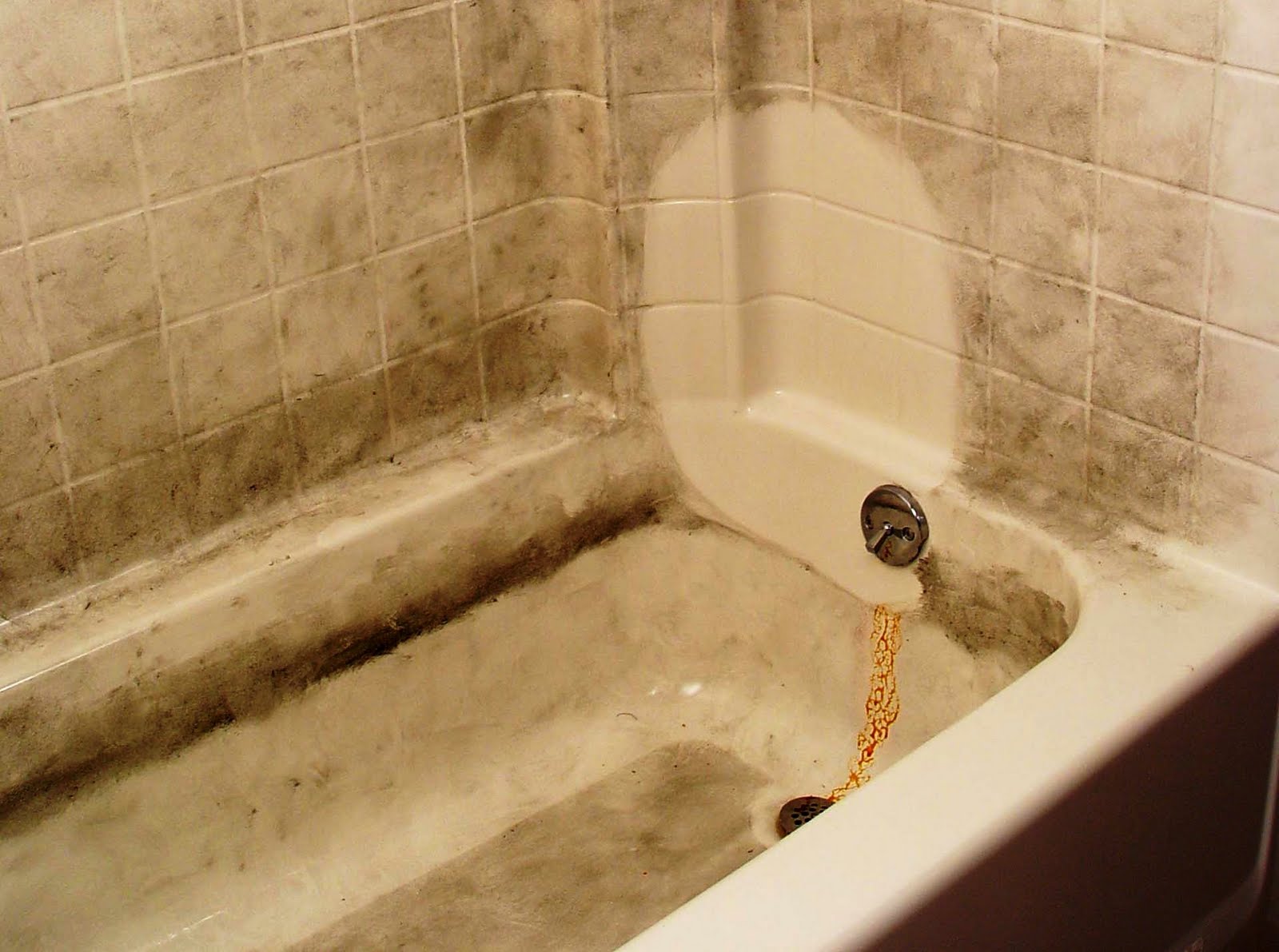
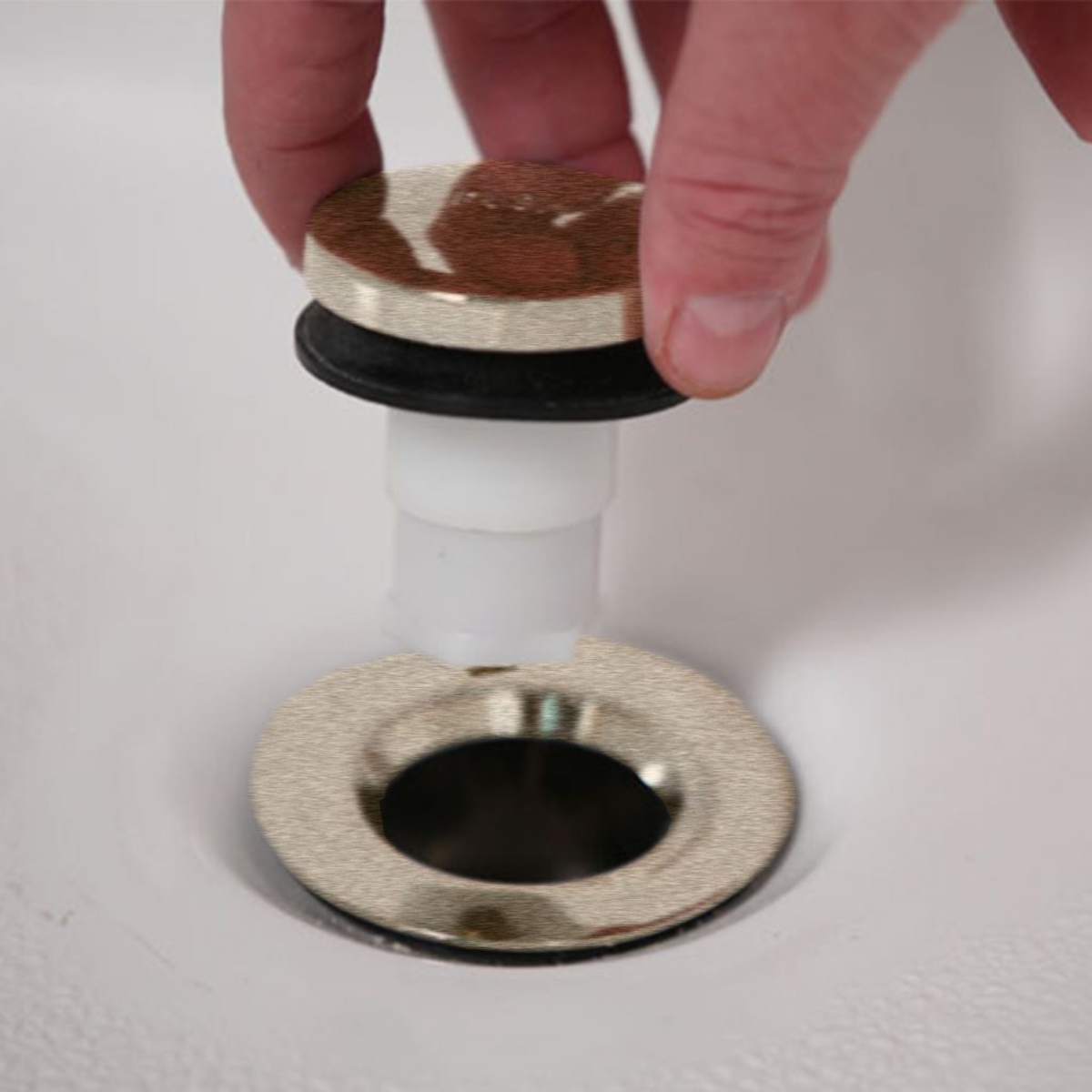
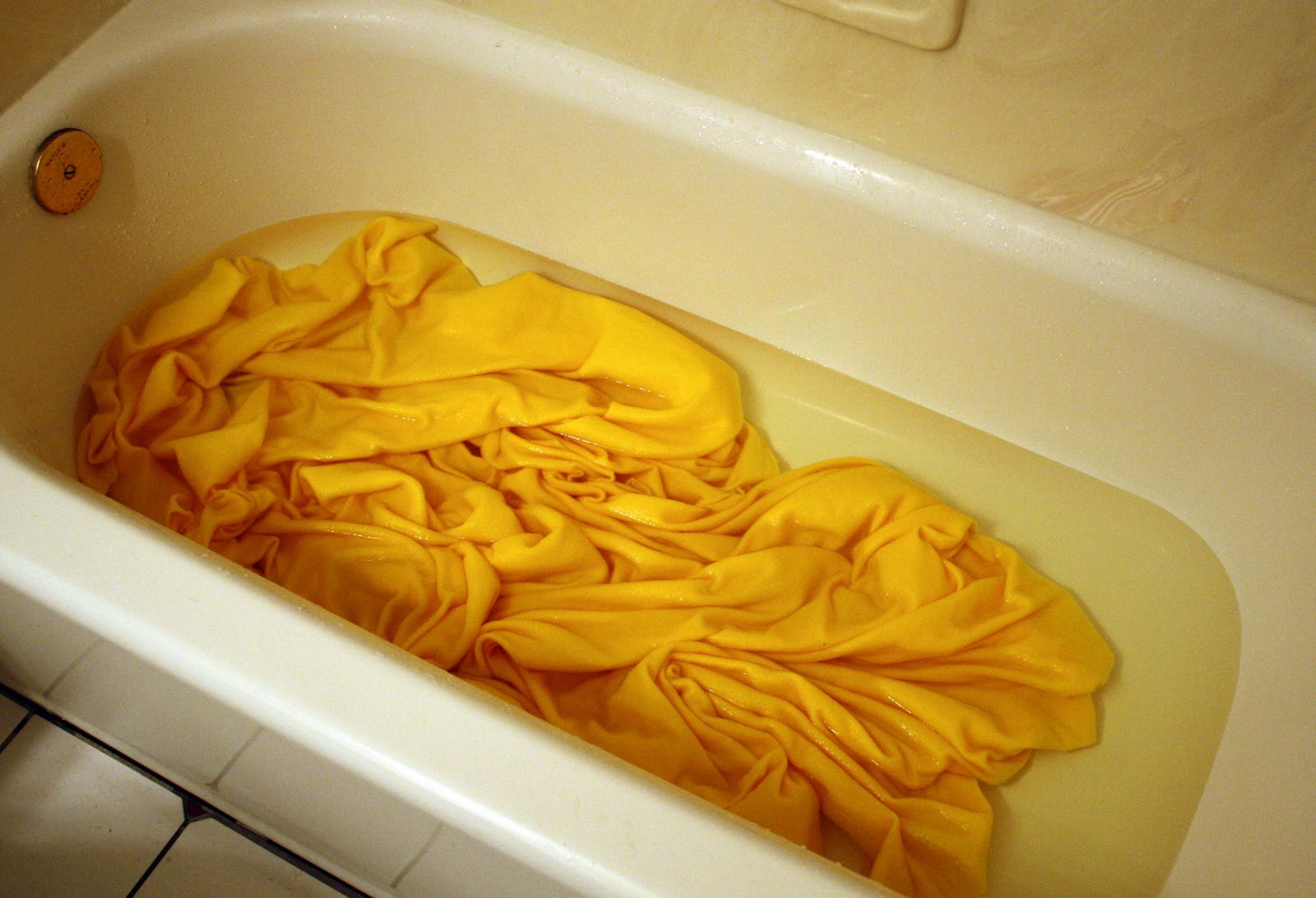
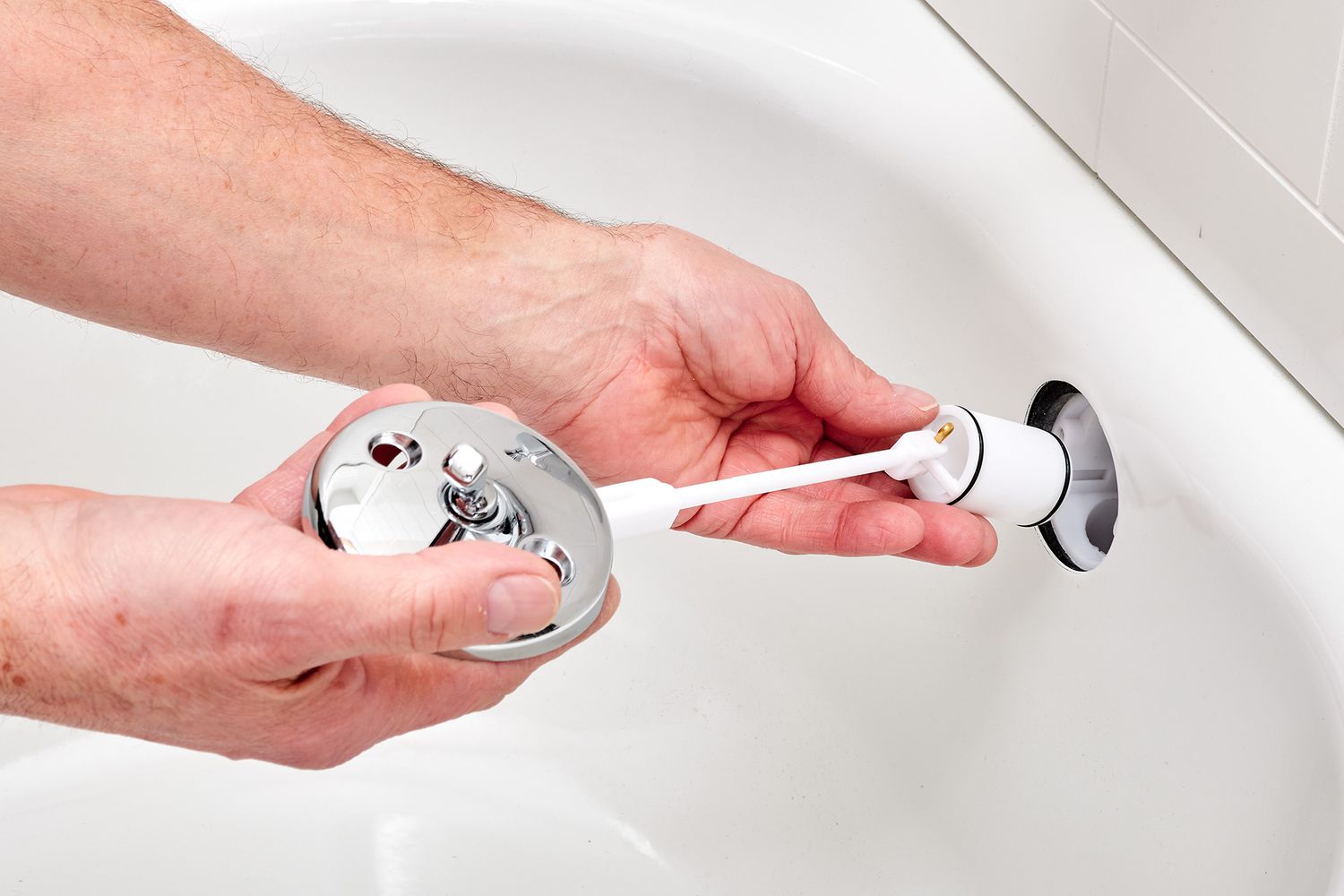
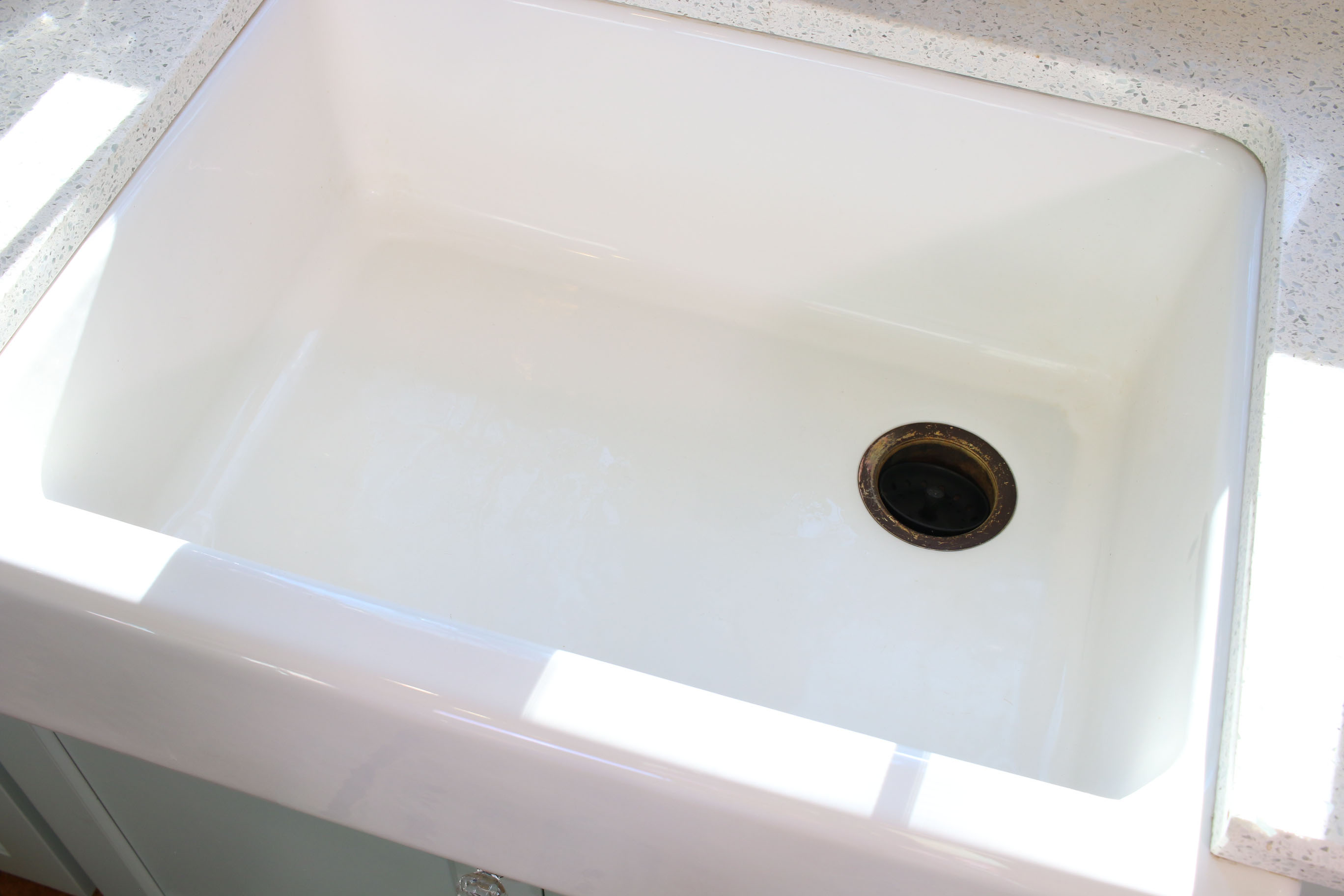

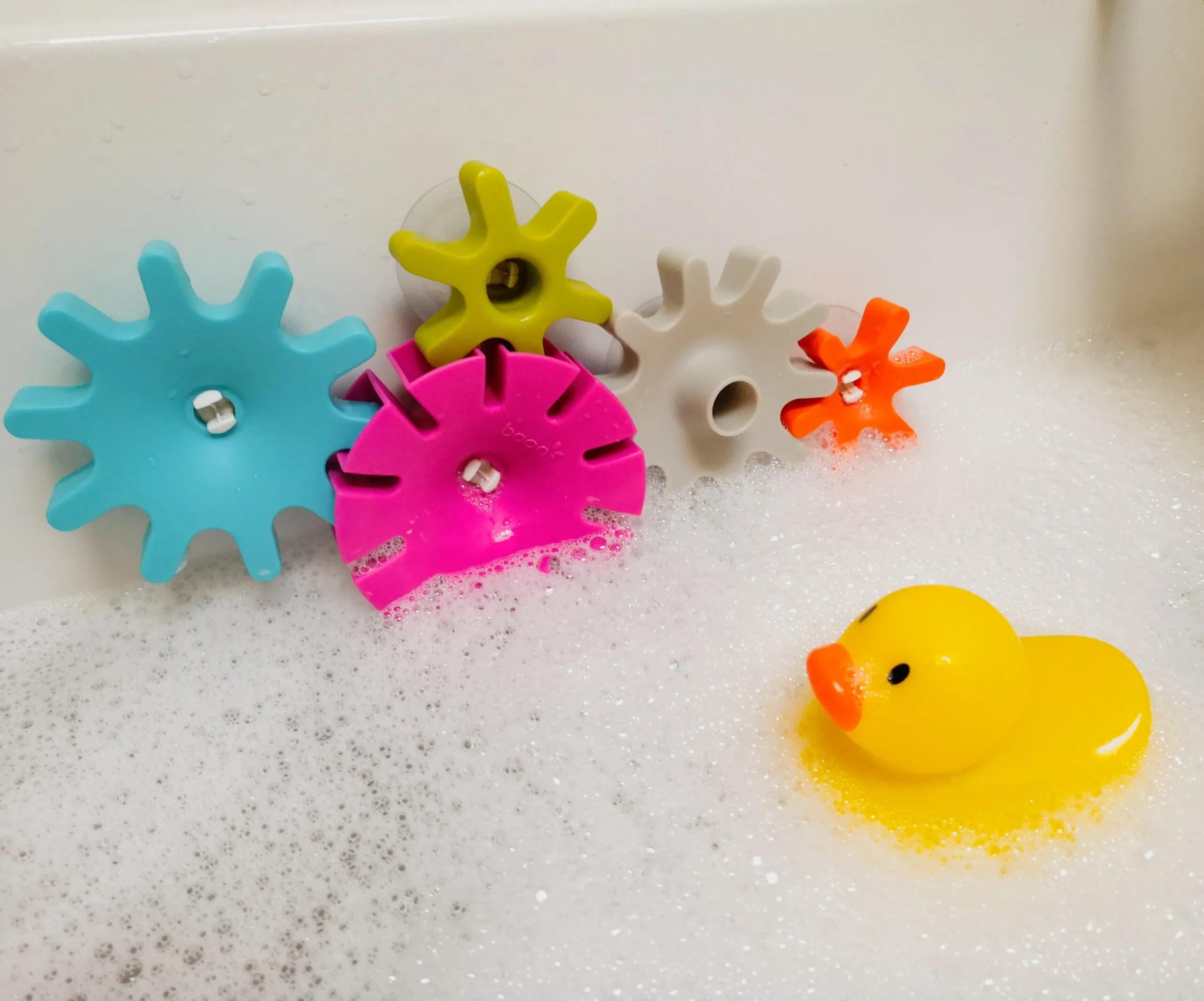
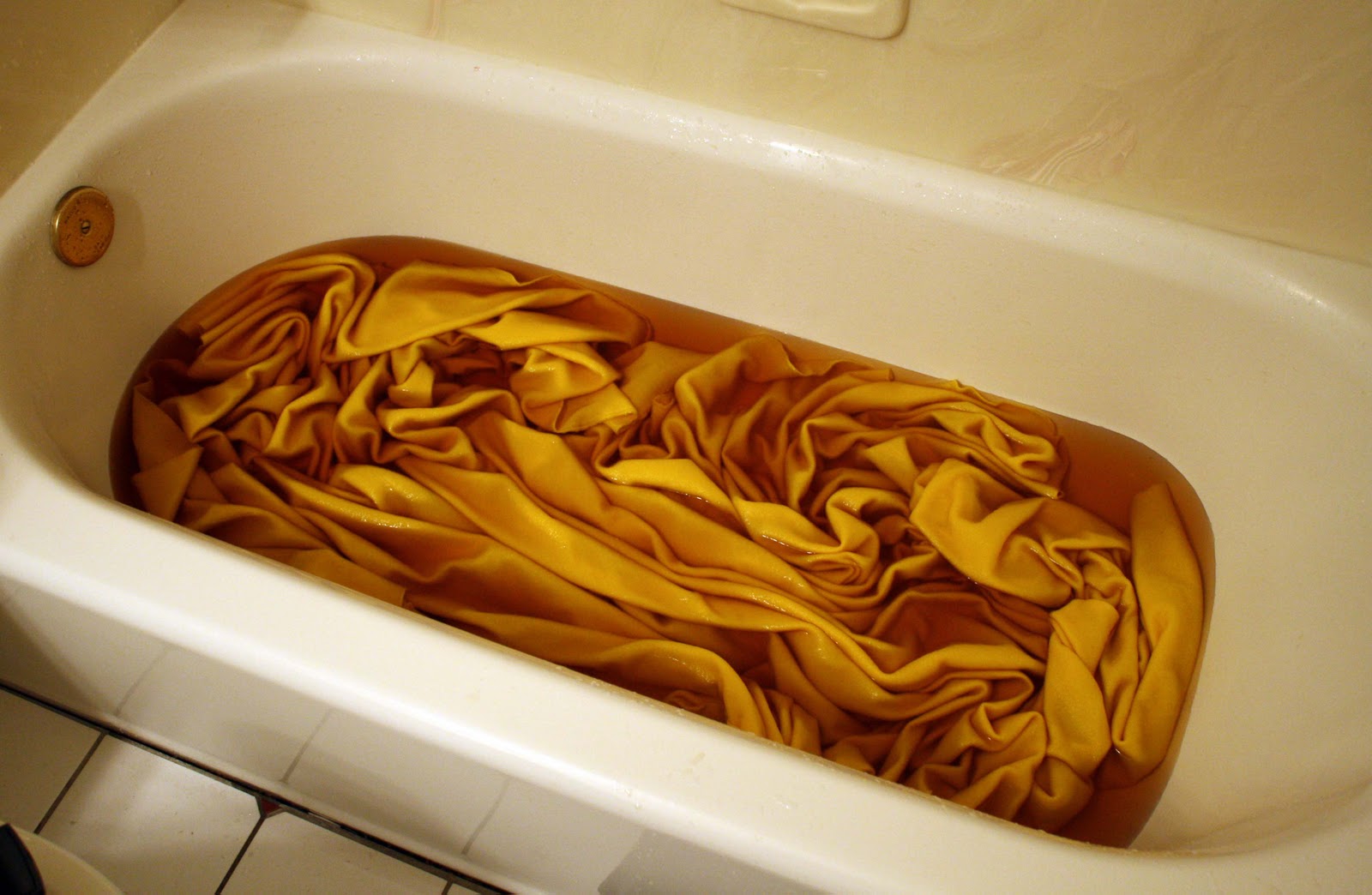
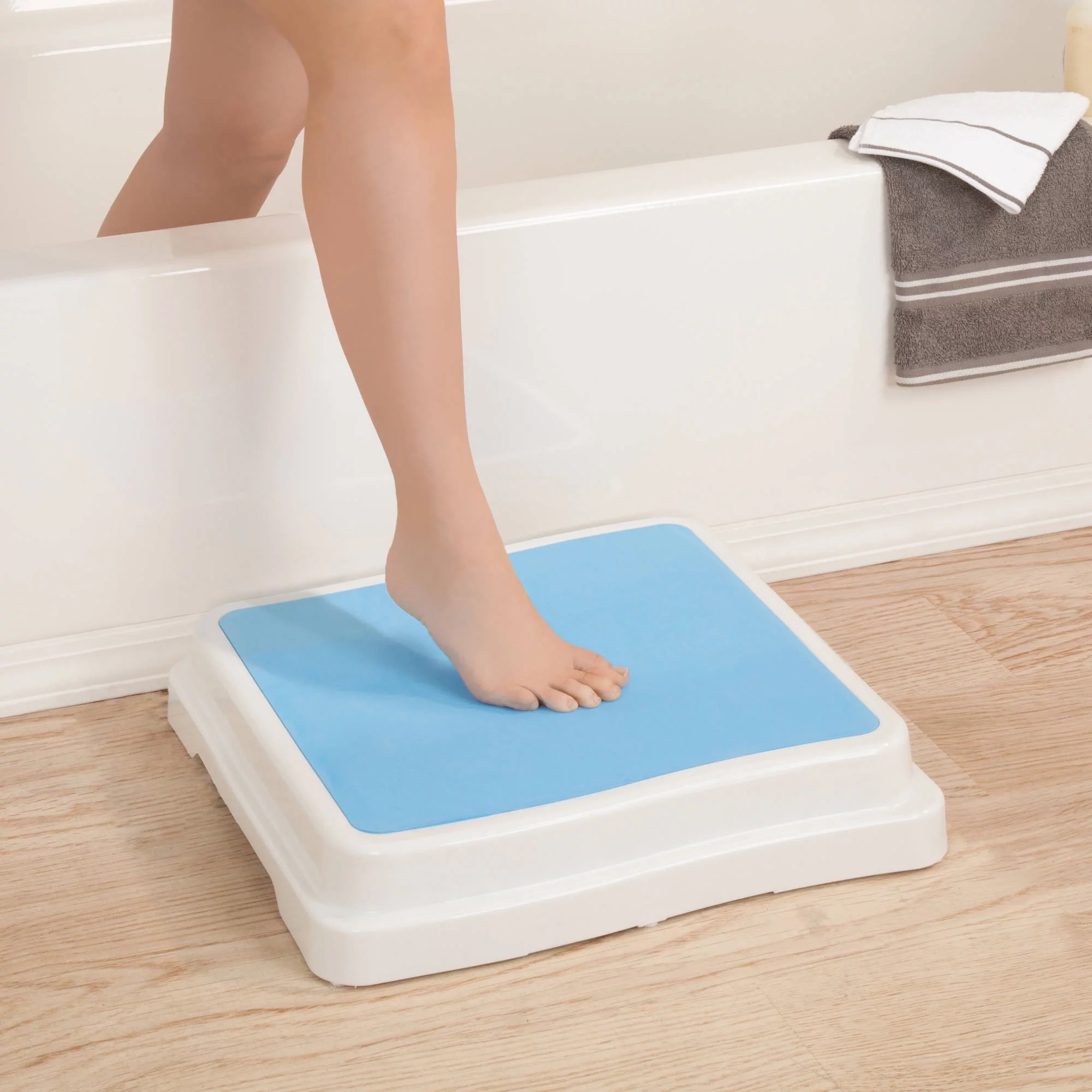
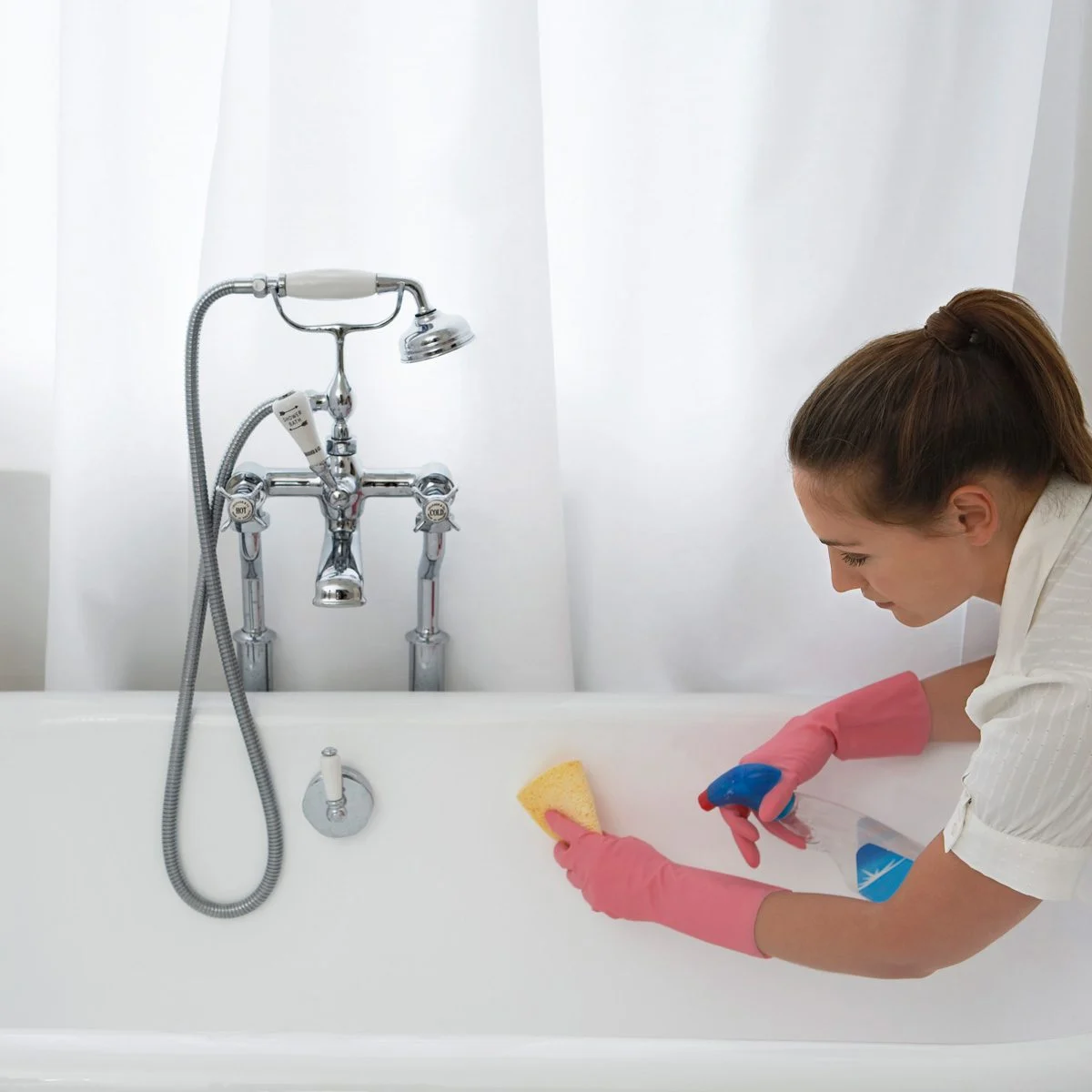
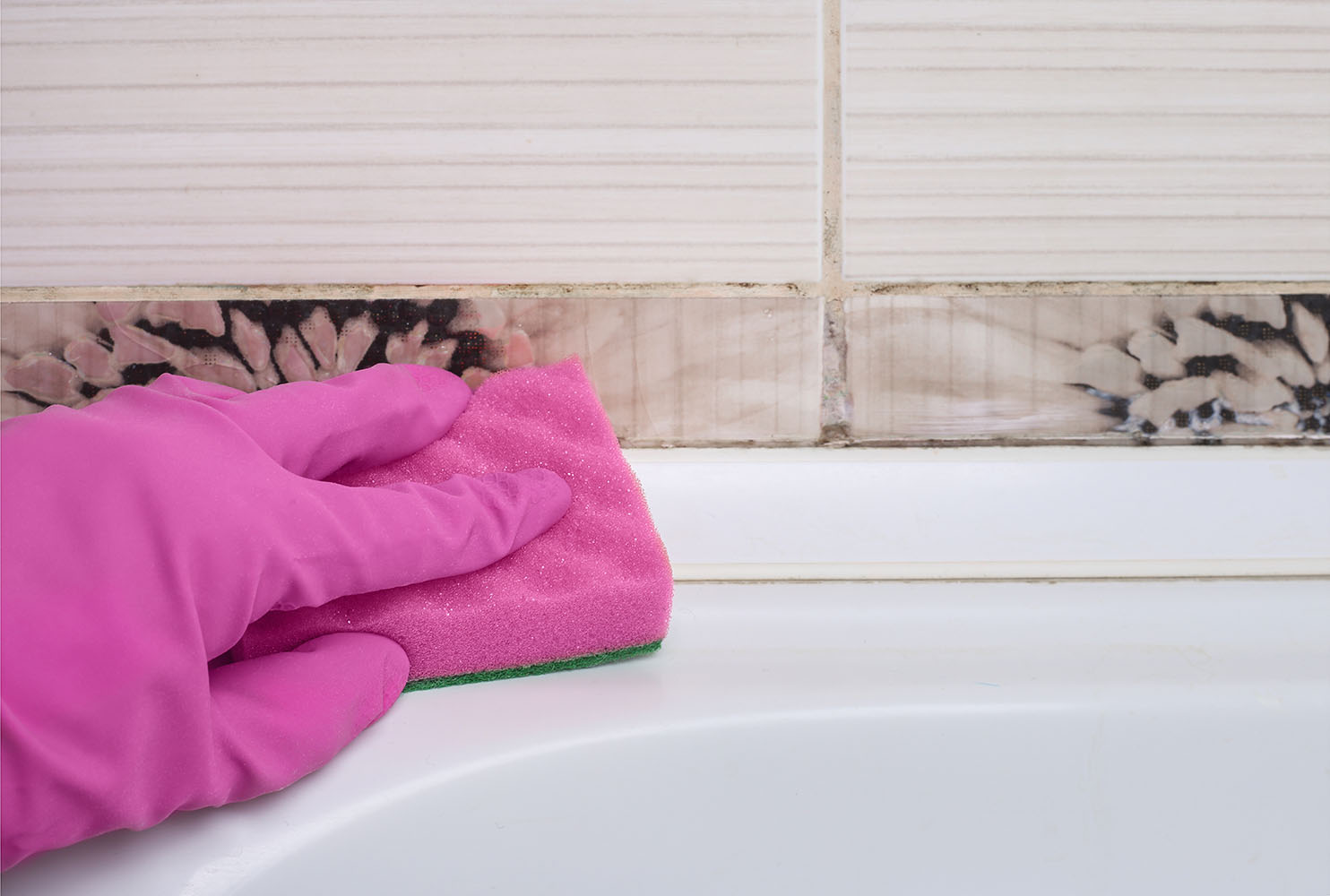
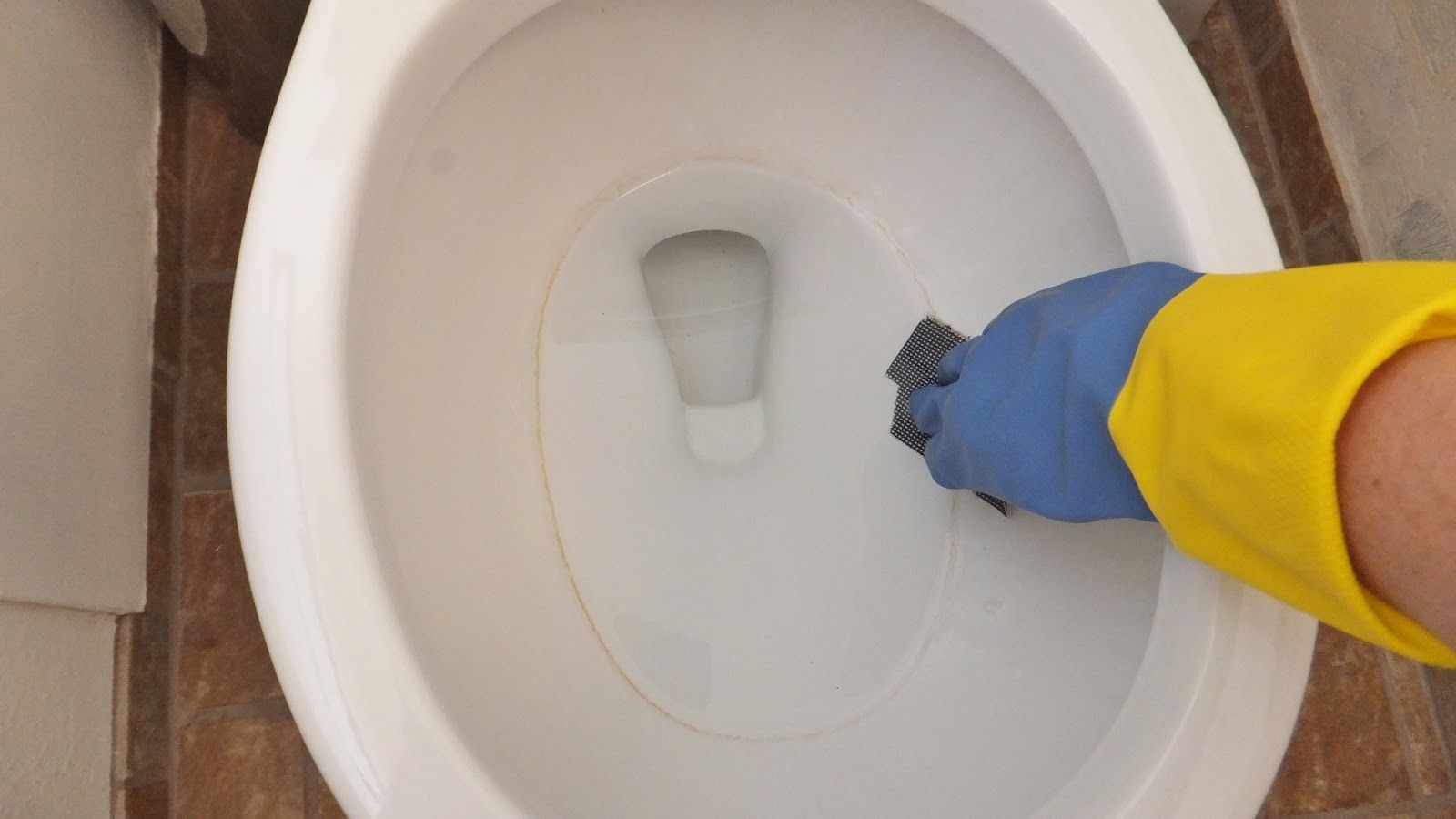
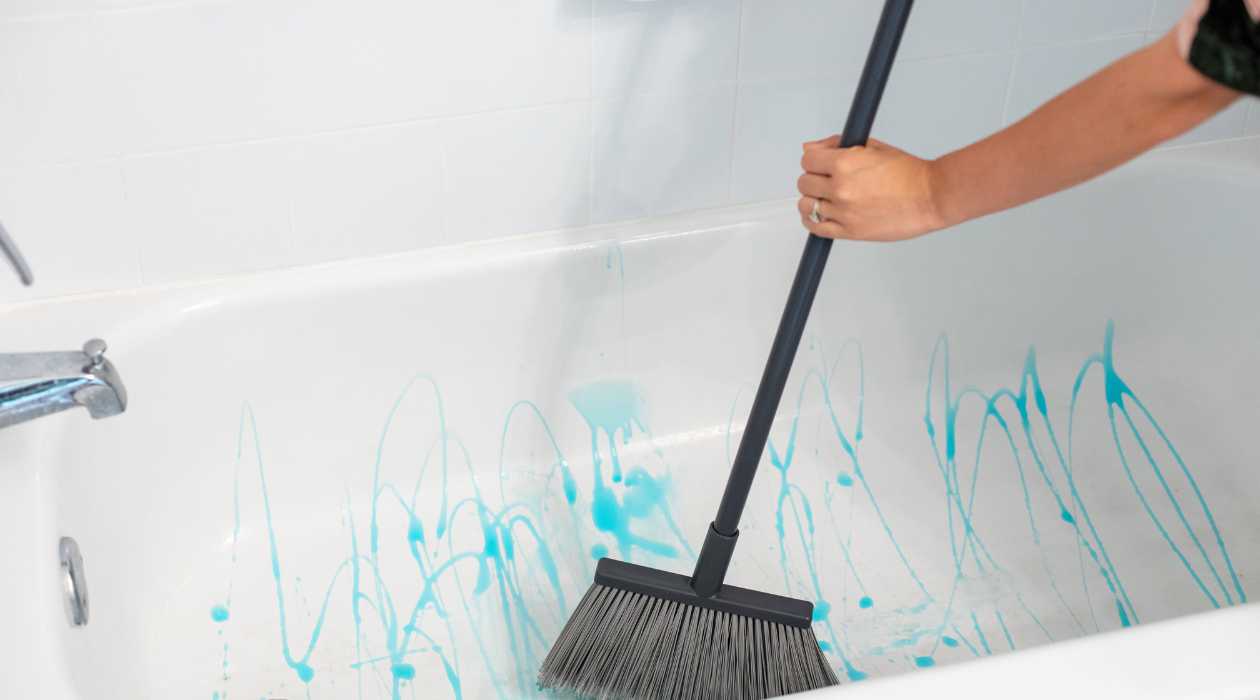

0 thoughts on “How To Get A Ring Out Of A Bathtub”